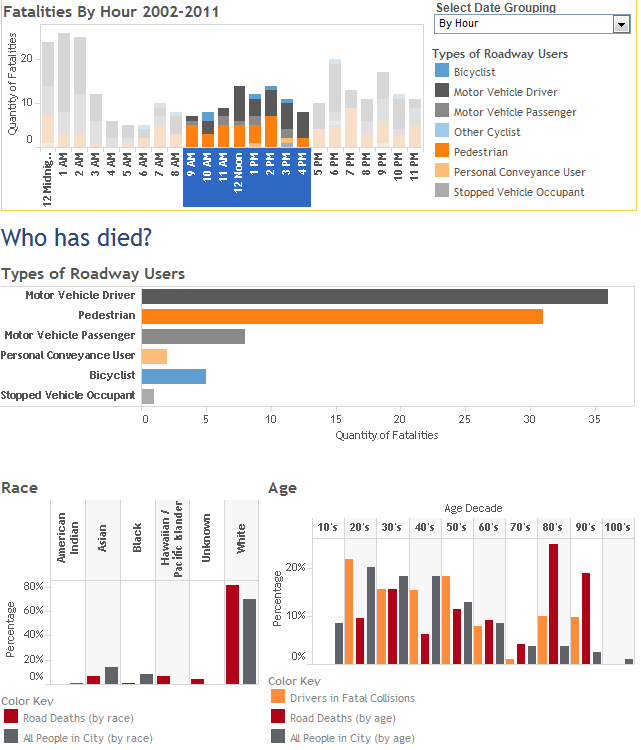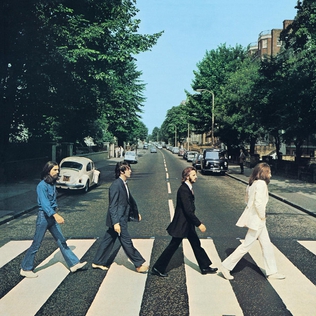I recently sat down with Lisa Quinn, Executive Director of the non-profit organization Feet First which celebrated its 10 year anniversary recently. We discussed the organization’s current projects and future plans, and also talked about ways people can get involved.
Feet First’s mission statement is “Creating Walkable Communities.” The organization performs walking audits, creates walking maps, participates in community events, works with cities to provide input on pedestrian plans, and promotes safe walking routes to schools.
Safe Routes to School is a major focus for Feet First. They helped 61 schools across the state participate in International Walk to School Month. In Seattle, Feet First is a consultant for Olympic Hill, Roxhill, Dearborn, and Hawthorne Elementaries. The group will soon provide a neighborhood walking map for the area around Concord International School.
Quinn describes how Feet First’s school consultancy program works. “First, we take a step back and do a strengths, weaknesses, opportunities, and threats analysis, and then we do a walking audit, and from there we are able to map out what we want to do for a school.”
“Schools may want a walking school bus, but they take a step back, they realize it’s not going to work, and what they really need is better signage…with our walking audits, it really helps the community be engaged in what outcomes they want to see,” she says.
Feet First is working with eighteen schools in South King County to identify walking audit routes and make recommendations. For each audit the organization works to foster communication between diverse groups including city planners, representatives of the school district, parents, and teachers. City of Renton planners are using Feet First’s walking audit report as a checklist of issues to address.
Compensation for many of Feet First’s paid staff comes from grant funding. Recently, this funding allowed the organization to hire a walking ambassador program coordinator. There are twenty trained ambassadors who lead walks in their neighborhoods and produce a number of published walks each month.
The ambassador training process, Quinn says, is “not just showing how to lead a walk, but giving people tools and knowledge on how to advocate for better conditions in their neighborhood.” Information about the ambassador training program can be found on Feet First’s website.
Feet First recently adopted and released an official Agenda outlining the group’s mission, goals, and specific initiatives for cities. The group’s evaluation of cities in the region concluded that Bellevue, Kirkland, Redmond and Seattle already follow the outlined strategies. These four cities have been recognized as Feet First Agenda Cities. The current goal, Quinn says, is to get five more cities to commit to meet the nine criteria and “pass a resolution acknowledging that they are Feet First agenda city and that they are making a commitment to continue to build a walkable community.”
Feet First’s approach has to implement small programs, learn from them, and grow gradually. Because of that, Feet First is not yet well known across the region. Quinn says, “Unlike bicycle organizations like Cascade, which has over 13,000 members, we don’t have that critical mass–except everyone’s a pedestrian.”
While Quinn sees a lot of similarities between the Cascade Bicycle Club and Feet First, she says getting people to identify as pedestrians has been a challenge almost like “herding cats.”
Feet First currently has about 100 registered members and they are holding a membership drive during the month of December to grow that number. Their website explains the three different levels of membership, including the benefits that new members would receive if they join this month. The organization is also welcoming volunteers to staff event tables, write blog articles, participate in the safe routes to school program, and attend public meetings. More information about these and other volunteer opportunities are listed on their website.
The organization’s current walking maps are available for download, and their walking maps for West Seattle are on display at eight kiosks in the neighborhood. In the coming months, Feet First will examine the potential of engaging walkers through technology. The organization is investigating creating their own mobile app that pedestrians could use to identify areas that present challenges for walkers.

















